Here are some of our projects to get an impression
Explore a selection of real-world projects we've delivered — from fast AI prototypes to scalable enterprise solutions. Each case showcases how we turn innovation into impact.
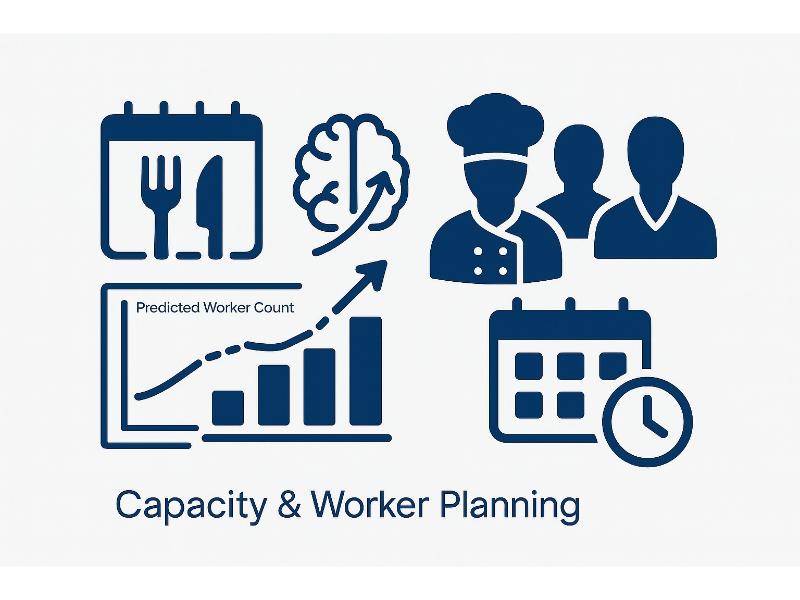
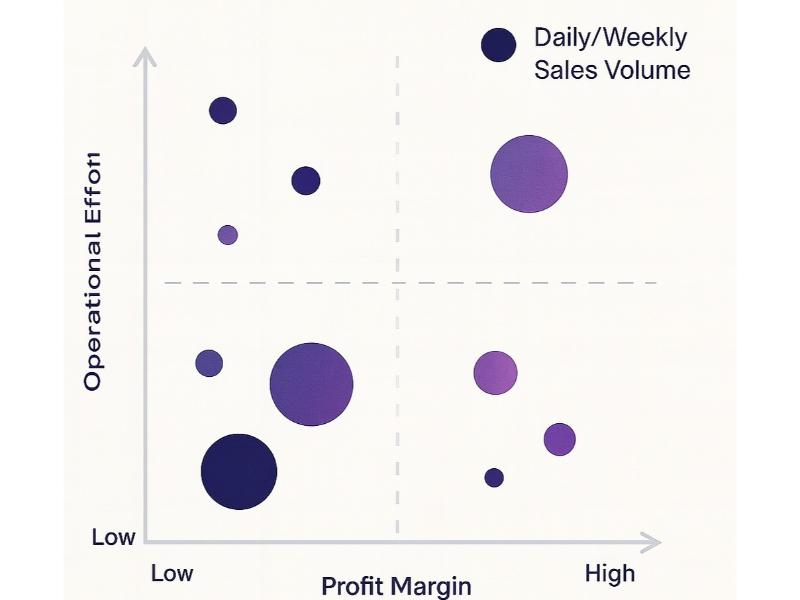


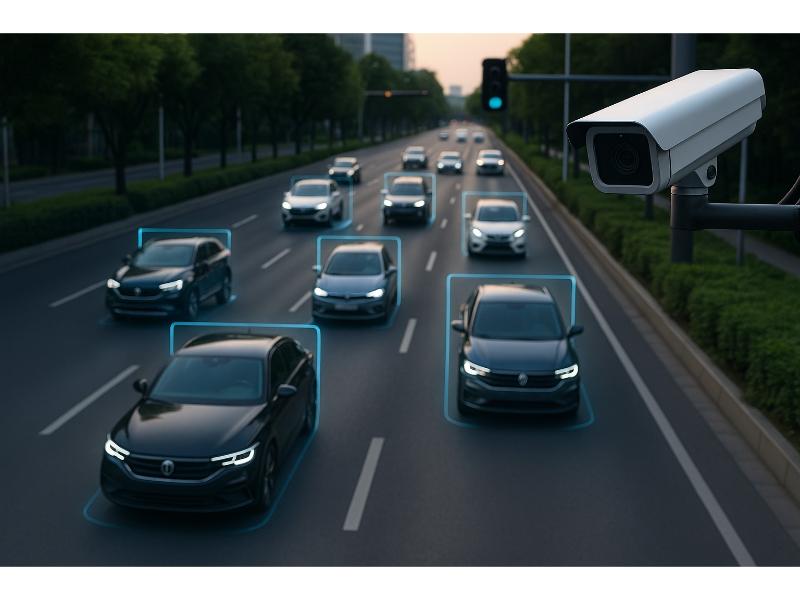
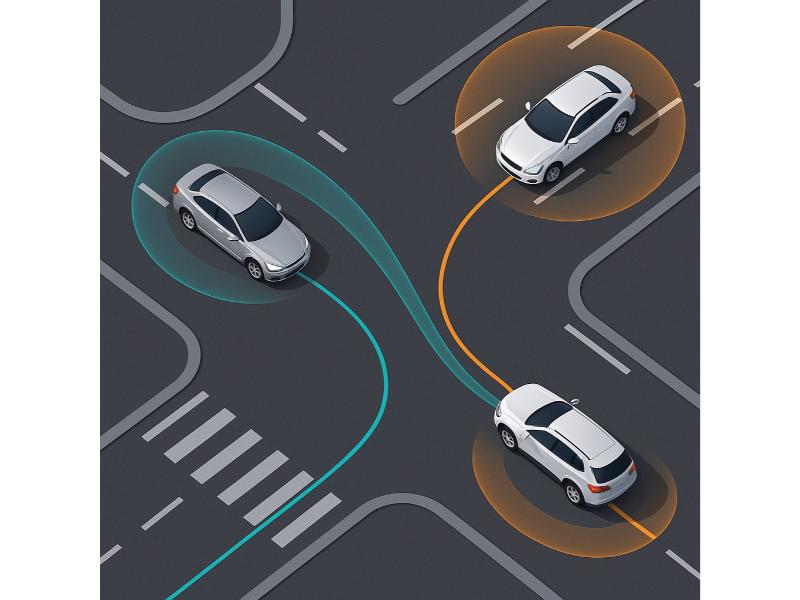

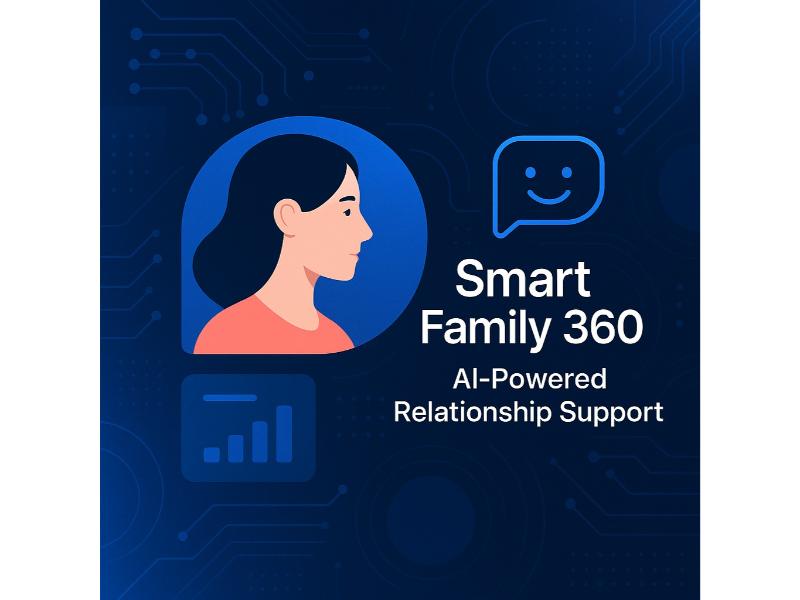
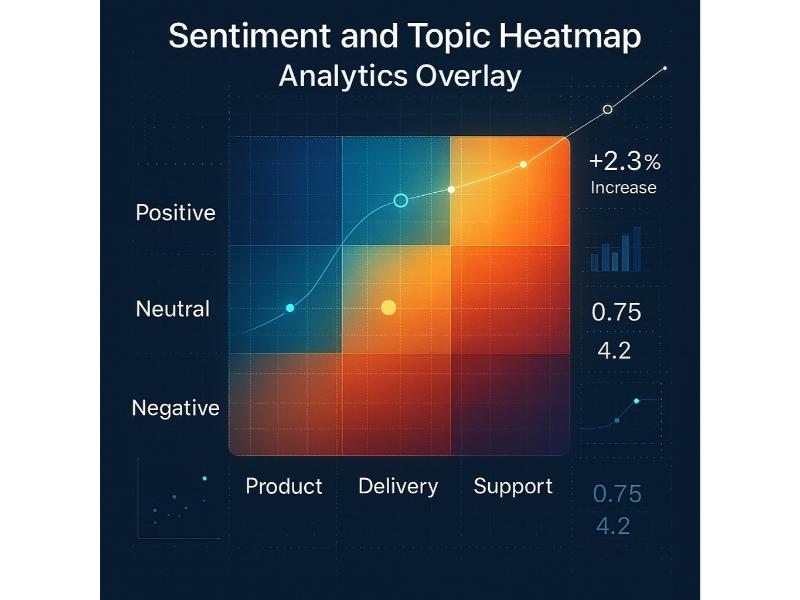
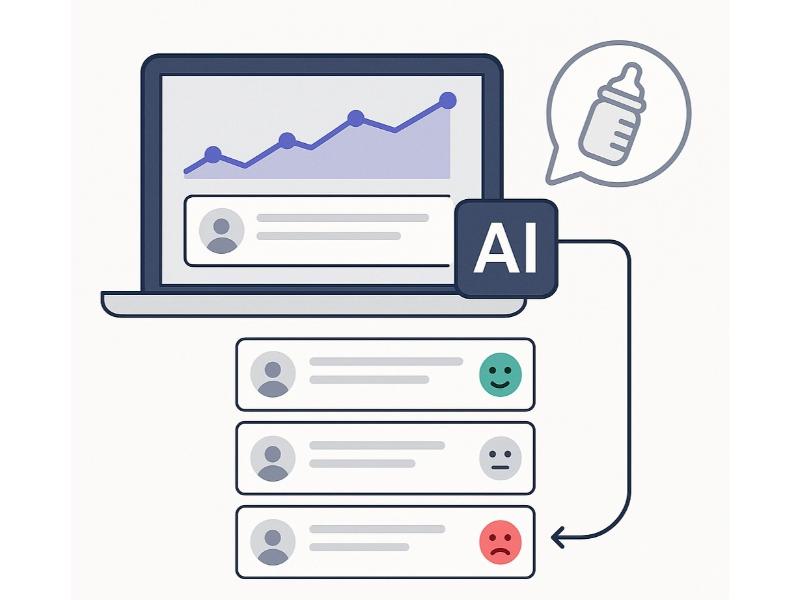
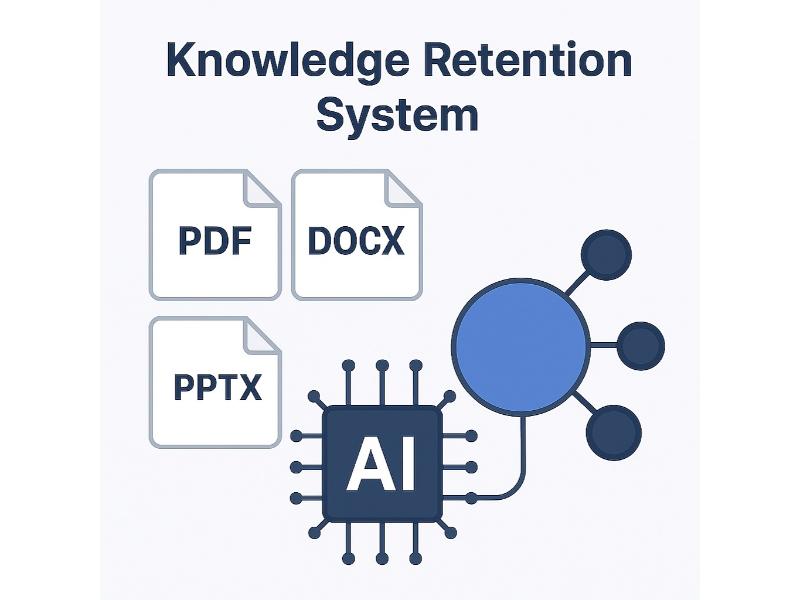
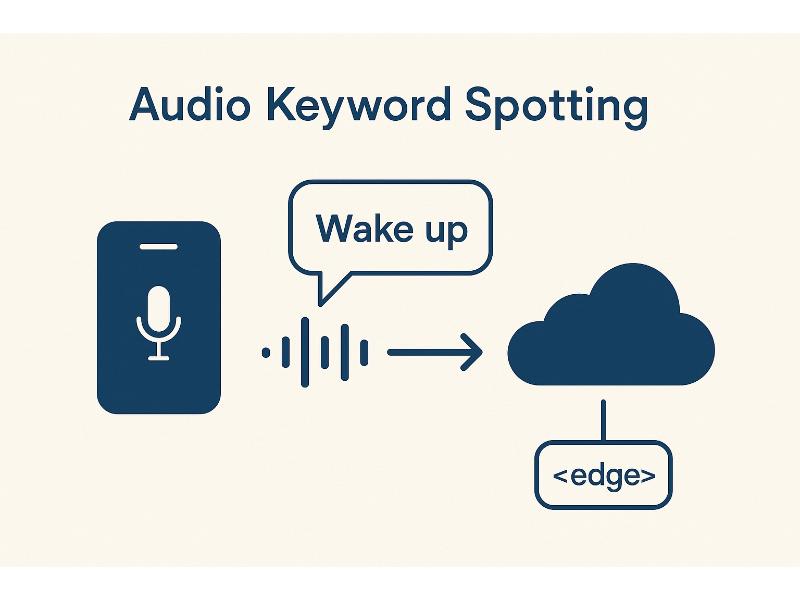

Modern gastronomy requires more than guesswork and static shift plans. In this project, we developed an AI-based solution that automates staff planning by translating real-time demand data into optimal shift schedules — ensuring the right number of employees are scheduled at the right time.
| Feature | Legacy Tools | Our Solution |
|---|---|---|
| Demand forecast from POS/bookings | ✗ Manual estimation | ✓ Automated, real-time |
| Break scheduling compliance | ✗ Often overlooked | ✓ Fully integrated |
| Shift plan generation | ✗ Manual or rigid | ✓ Dynamic & constraint-based |
| Reduction in overstaffing | ✗ Up to 0% | ✓ Up to −15% cost savings |

Many cafés and restaurants make menu decisions based on intuition. In this project, we introduced a powerful data-driven solution: a real-time Effort-Margin Diagram that visualizes every product's contribution to profit vs. operational cost.
| Feature | Legacy Tools | Our Solution |
|---|---|---|
| Menu optimization approach | ✗ Static spreadsheets | ✓ Dynamic visual framework |
| Visualization of margin vs. effort | ✗ Not available | ✓ 2D diagram with real-time updates |
| Integration with POS & cost data | ✗ Manual input only | ✓ Full automation + live recalculation |
| Alert system for performance drift | ✗ Missing | ✓ Smart notifications for key metrics |
| Impact on profitability | ✗ Limited | ✓ +5–10% average gain |

Delivering consistent guest satisfaction is a daily challenge in the hospitality industry. In this project, we implemented a fully automated feedback intelligence solution: from scraping multi-channel reviews to triggering guest recovery workflows — all in real time.
| Feature | Legacy Tools | Our Solution |
|---|---|---|
| Feedback monitoring | ✗ Manual check 1× week | ✓ Continuous multi-channel scraping |
| Sentiment analytics | ✗ Not available | ✓ NLP-based topic & tone analysis |
| Guest recovery | ✗ Not automated | ✓ Trigger-based apology & voucher flow |
| Staff-specific insights | ✗ No feedback linkage | ✓ Shift-level performance leaderboard |
| Kitchen or service improvement loops | ✗ Informal / not tracked | ✓ Action reports by topic & dish |
| Impact on online reputation & loyalty | ✗ Passive, reactive | ✓ +0.3 stars, +5% repeat visits |

Managing urban traffic efficiently requires more than just monitoring—it demands predictive intelligence at scale. In this project, we developed a global mobility analytics platform that ingests billions of vehicle data points across continents. Using AI-based pattern recognition, predictive modeling, and big data processing, we deliver real-time traffic insights and future forecasts to city planners, infrastructure providers, and navigation systems.
| Feature | Legacy Tools | Our Solution |
|---|---|---|
| Data scope | ✗ Local & fragmented | ✓ Global-scale, billions of data points |
| Prediction quality | ✗ Based on past patterns | ✓ AI-based future state forecasting |
| Real-time anomaly detection | ✗ Manual incident reports | ✓ Instant alerts from live data streams |
| Smart city integration | ✗ Static signal control | ✓ Adaptive light & lane regulation |
| Geographic scalability | ✗ Limited to few cities | ✓ Cloud-native, global deployment ready |
| Data fusion (GPS, IoT, camera, etc.) | ✗ Often siloed | ✓ Unified multimodal data pipeline |

Real-time traffic monitoring requires more than just road sensors—it needs eyes on the road and intelligence in the cloud. In this project, we deployed a scalable AI solution that uses computer vision to detect, classify, and track vehicle flows from existing street cameras. Our system analyzes congestion patterns, predicts upcoming traffic jams, and supports urban mobility decisions with accurate, camera-based data.
| Feature | Legacy Tools | Our Solution |
|---|---|---|
| Hardware dependency | ✗ Dedicated sensors needed | ✓ Leverages existing street camera feeds |
| Jam detection granularity | ✗ Speed threshold-based | ✓ Visual analysis of density & flow |
| Vehicle classification | ✗ Not available | ✓ Real-time object detection via AI |
| Predictive capabilities | ✗ Static models | ✓ Adaptive AI with short-term forecasting |
| Infrastructure integration | ✗ Complex installation | ✓ Plug-and-play with camera networks |
| Cost efficiency | ✗ High capex requirements | ✓ Software-first, scalable model |

Precision in vehicle maneuvering—especially in critical scenarios like left and right turns—is vital for autonomous driving systems and ADAS calibration. In this project, we developed a high-resolution behavior analysis platform that statistically captures, clusters, and benchmarks turning behavior from thousands of autonomous and ADAS-equipped vehicles.
Leveraging advanced trajectory tracking, edge-based telemetry fusion, and behavior modeling, our system supports safer AI driving decisions and OEM performance evaluation.

Electric vehicles are evolving from passive consumers to active energy participants. In this project, we implemented an AI-driven bidirectional charging system where EVs dynamically feed energy back into the grid.
By integrating real-time grid signals, vehicle state-of-charge, and usage forecasts, our platform enables demand balancing, peak shaving, and decentralized storage—crucial components for the next-generation energy grid.

Smart Family 360 is a digital assistant designed to support individuals, couples, and families through emotionally challenging phases.
Using intelligent conversation flows and adaptive surveys, the assistant analyzes emotional patterns and relationship dynamics. The aggregated insights lead to a personalized action plan with clear, practical recommendations for improving communication, strengthening trust, and increasing emotional well-being.
Built on proven systemic principles (inspired by ISYS BW and DGSF) and fully compliant with GDPR, AI Act, and ethical AI standards.

Influencers shape opinions, trends, and brand perception—but tracking their evolving narratives at scale requires more than just keyword monitoring. In this project, we built an AI-powered sentiment and topic modeling engine that continuously analyzes influencer content across YouTube, Instagram, TikTok, and X. Using advanced NLP pipelines, the system detects emotional tone, emerging themes, and audience reactions—empowering brands and analysts with real-time influencer intelligence.
| Feature | Legacy Tools | Our Solution |
|---|---|---|
| Sentiment analysis | ✗ Based on static word lists | ✓ Transformer-based contextual emotion models |
| Topic detection | ✗ Manual tagging | ✓ Dynamic topic modeling (LDA/BERT embeddings) |
| Platform coverage | ✗ Limited to 1–2 sources | ✓ Cross-platform (YouTube, IG, TikTok, X, etc.) |
| Trend detection | ✗ Delayed or reactive | ✓ Near real-time with notification triggers |
| Visual insights | ✗ Basic charts | ✓ Sentiment-topic heatmaps and cluster graphs |
| Brand relevance scoring | ✗ Manual mapping | ✓ AI-driven influencer-brand fit suggestions |

Parents rely heavily on product reviews when choosing the right baby care items. In this project, we developed an AI-based sentiment classification system that automatically analyzes user-generated content (UGC) from e-commerce platforms and forums. Leveraging Natural Language Processing (NLP), the system distinguishes between positive, neutral, and negative sentiments and provides product-level insights in real time.
| Feature | Legacy Tools | Our Solution |
|---|---|---|
| Review processing | ✗ Manual sampling | ✓ Full-scale automated text parsing |
| Sentiment classification | ✗ Keyword-based, error-prone | ✓ Deep NLP with emotion-aware tagging |
| Product benchmarking | ✗ Static ratings only | ✓ Dynamic sentiment-weighted scoring |
| Topic-level insights | ✗ Not available | ✓ Clustering by concern and feature |
| Real-time monitoring | ✗ Delayed or batch-based | ✓ Instant insights with continuous updates |
| Actionable outputs for teams | ✗ Raw data only | ✓ Ready-to-use dashboards for marketing |

Losing critical know-how during employee transitions is a major risk for any organization. To solve this, we developed an AI-powered system that extracts, structures, and preserves departmental knowledge from diverse formats like PDF, Word, PowerPoint, and text—supporting both seamless onboarding and efficient offboarding.
| Feature | Legacy Tools | Our Solution |
|---|---|---|
| Multi-format knowledge extraction | ✗ Manual, fragmented | ✓ Automated parsing of PDF, PPT, DOCX, TXT |
| Onboarding content structuring | ✗ Static documents | ✓ AI-based summarization & tagging |
| Offboarding knowledge capture | ✗ Reliant on exit interviews | ✓ Intelligent harvesting from digital assets |
| Searchability & accessibility | ✗ Folder-based, slow | ✓ AI-powered semantic search |
| Department-level insights | ✗ Not available | ✓ Dashboard with coverage & freshness KPIs |
| Query response for new employees | ✗ Human-dependent | ✓ Conversational AI interface |

To enable seamless user interaction with smart devices, we developed an audio keyword spotting system tailored for embedded and edge environments. Using advanced signal processing and AI models, our solution detects predefined voice commands locally, then securely triggers cloud-based workflows — delivering low-latency performance with minimal energy consumption.
| Feature | Legacy Tools | Our Solution |
|---|---|---|
| On-device keyword spotting | ✗ Not supported | ✓ Lightweight edge inference |
| Wake-word latency | ✗ >300 ms | ✓ ~150 ms response time |
| Cloud dependency | ✗ Always streaming | ✓ Cloud triggered only on activation |
| Energy efficiency | ✗ High power draw | ✓ Optimized for embedded chipsets |
| Data privacy | ✗ Continuous recording | ✓ Local pre-processing & encryption |
| Cross-device scalability | ✗ Platform-specific | ✓ Modular architecture for any OS/MCU |